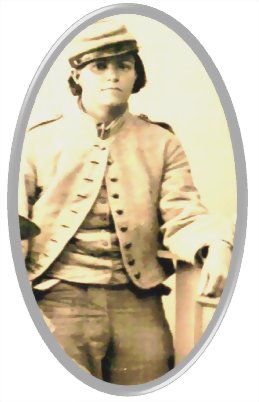Historians are a bit like detectives. They sift through evidence, weigh it, and try to leave no stone unturned. But when they publish their results, they’re a bit like lawyers. They need to be objective enough to gain the credibility of the judge...
An Interview with Author Kim Murphy Every once in a while, a book comes along that shifts the tectonic plates in my understanding of history. I used to practice law and was the prosecutor for parole revocation hearings in a ten-country region...




Recent Comments